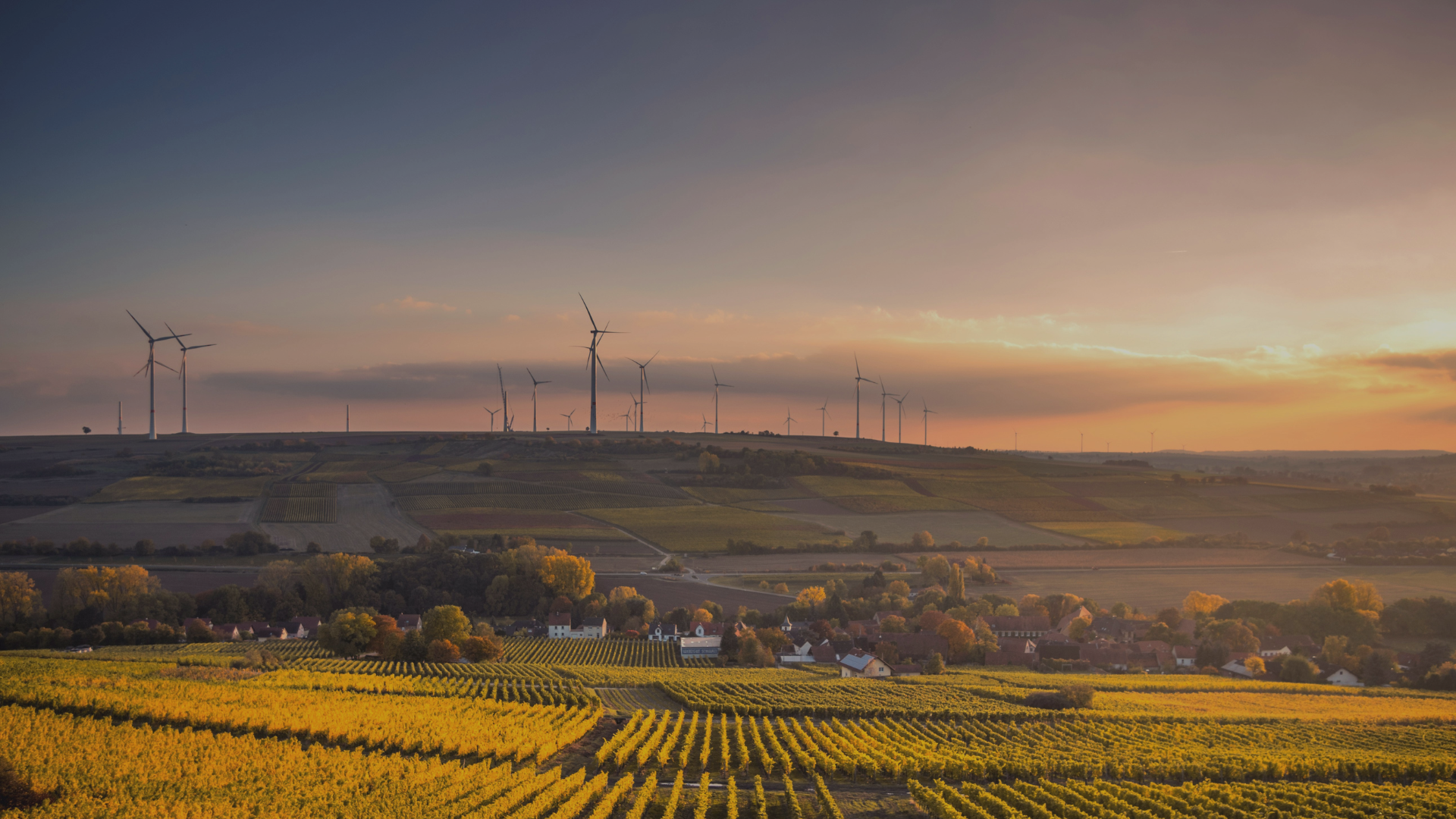Data Centers and Growing Demand: A Tipping Point for the Grid
Texas’s grid is under increasing strain from the rapid expansion of power-intensive industries. By 2027, AI data centers alone are projected to add 9 GW of new load, according to ERCOT’s long-term forecast—roughly equivalent to the consumption of 1.8 million homes (ERCOT).
Supporters of HB 5174 argue this demand surge justifies new investment in gas-fired generation. However, critics say that alternative solutions—such as grid-scale storage, demand response, and renewables paired with smart controls—are being deprioritized.
Additionally, some data center developers are signing private renewable energy PPAs to meet their corporate climate goals. Companies like Google and Meta have raised concerns that state-level policy friction may complicate these long-term commitments (Google Report).
Texas and Washington: Conflicting Incentives and Missed Opportunities
The direction of Texas’s energy policy appears increasingly out of step with federal climate and energy incentives. Under the Inflation Reduction Act (IRA), the federal government has made over $370 billion available for clean energy development, including tax credits and project financing.
Despite these federal incentives, HB 5174 creates hurdles for clean energy developers in Texas:
- Slower grid connection approvals for solar and wind.
- New zoning restrictions and county-level delays.
- Increased policy uncertainty, discouraging long-term investment.
Texas ranks #1 for wind and #2 for solar potential in the U.S., but developers are increasingly shifting investment to states with more aligned policies. Rystad Energy reports a 35% drop in new Texas solar capacity in Q1 2025 compared to Q1 2024 (Rystad).
This divergence may weaken Texas’s leadership position in clean energy and limit consumer access to low-cost renewable electricity.
Conclusion: Balancing Reliability, Affordability, and Sustainability
The “Big Beautiful Bill” is reshaping Texas’s energy trajectory. While it aims to bolster reliability and ensure sufficient firm capacity, its near-term effects include higher costs for households, slower renewable deployment, and a possible increase in emissions.
As the state confronts extreme weather, surging demand, and technological change, it must carefully balance grid reliability with long-term affordability and decarbonization. A policy framework that leverages both Texas’s abundant renewable resources and federal incentives could deliver a more resilient and competitive energy future.
The coming years will reveal whether Texas’s energy policy shift is a short-term recalibration—or a long-term departure from its previous role as a clean energy leader.
References







